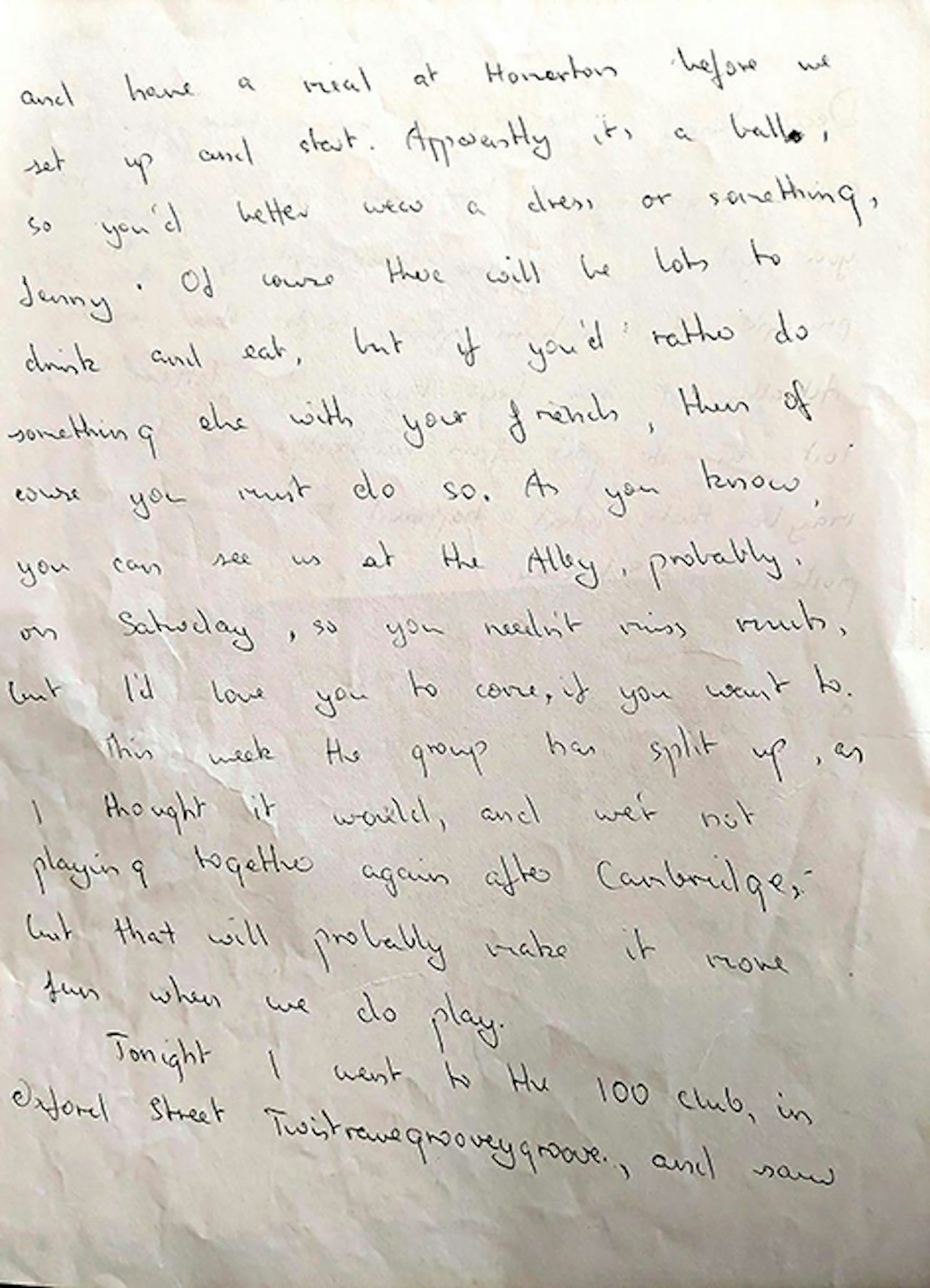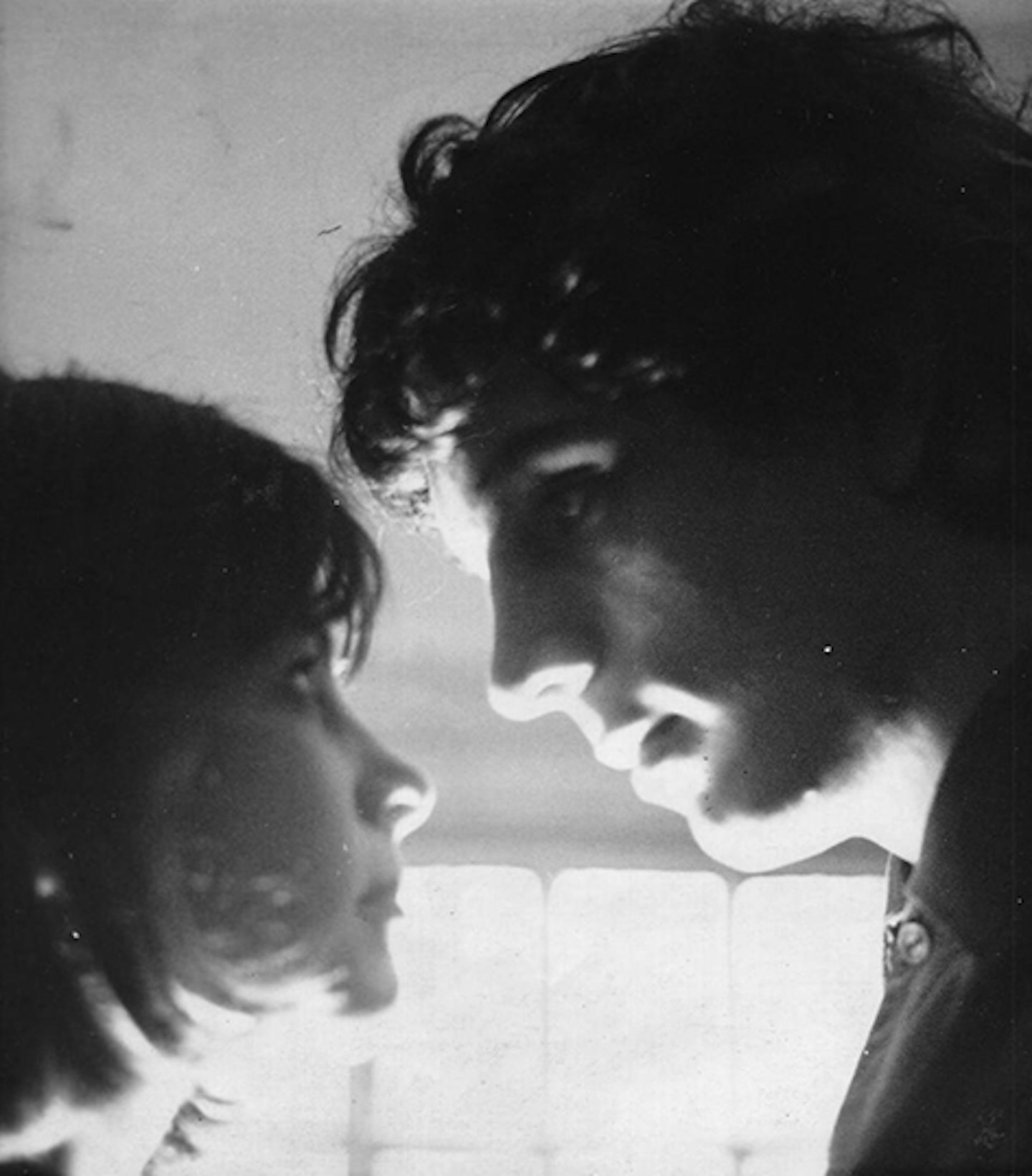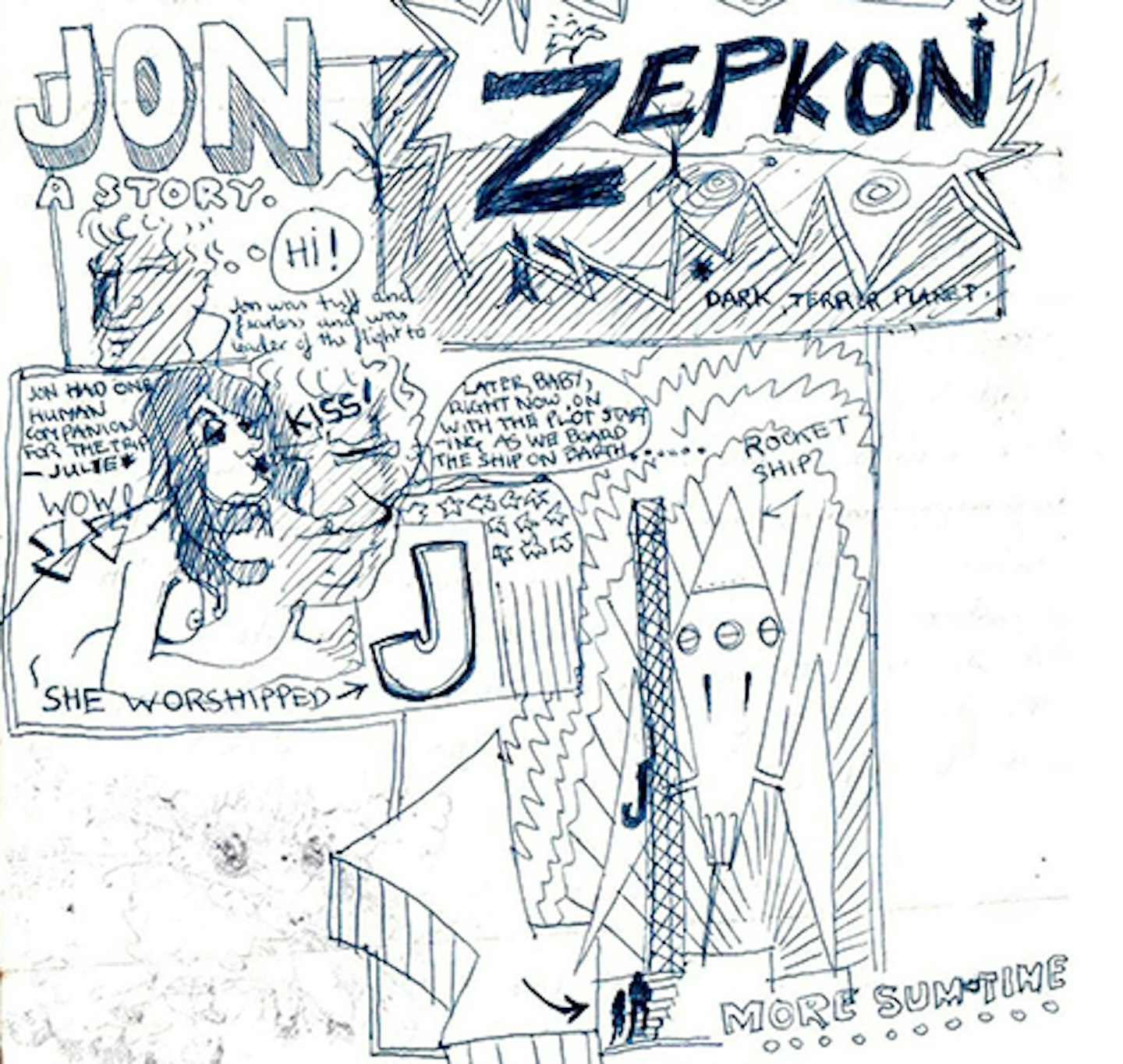Interstellar Overdrive. Flaming. Scream Thy Last Scream. Long Gone. And the alternative title of Dark Globe: Wouldn’t You Miss Me. From Pink Floyd’s The Piper At The Gates Of Dawn in 1967 to Barrett in 1970, Syd Barrett’s recording career only lasted three years. But within his songs, his tragic arc can be traced, from the blazing English psychedelia of Piper… to the lost-in-the-woods acid martyrdom of his solo work and the years of absence that preceded his death in 2006.
-
READ MORE: Inside Syd Barrett’s Last Recording Session
The myths around Barrett have been foaming for more than 50 years, but now fresh insights arrive with new Pink Floyd book Shine On. Subtitled The Definitive Oral History, it’s written by preeminent Floyd historian and MOJO contributor Mark Blake, who has distilled a lifetime’s fandom and a 33-year interviewing relationship with the band into a compelling retelling of the story, from the principals’ origins to the present day. New, unpublished and rare discussions with all the main players and a dizzying plethora of intimates are now joined by something to astound: a stash of letters from Barrett to his former Cambridge girlfriend Jenny Spires, dating from January to September 1965.

Barrett's letter to girlfriend Jenny Spires telling her Pink Floyd had split up, May 1965
“I met and interviewed Jenny about 15 years ago,” says Blake. “We hadn’t spoken for a few years, but she got in touch and said, ‘I’ve got these letters that have fallen through the cracks, they’ll fill in the gaps of ’65.’ And what was such a revelation to me about them is that they actually do: you’ve got Nick Mason and Roger Waters, years later, talking about trying to get on Ready, Steady, Go! and then you’ve got Syd actually telling you about it in real time. He’s the one person who would be underrepresented because he never gave an interview after 1971. So to have these unpublished letters is to have new interview material, effectively. I think it gives it a real lift. Everyone’s talking about him, and then you’ve got him talking himself.

Jenny Spires (left) and Syd Barrett in 1967.
“They’re an honest reflection of what was going through his head as a young man,” Blake continues. “There’s one letter where he’s slightly upset because the band had actually broken up – Nick Mason and Roger Waters were working as architects and getting on with real life, but they get together a few months later and play at a party with David Gilmour’s group Jokers Wild. He talks about his first recording session as well – he hates the sound of his voice and feels quite intimidated being in a little studio in West Hampstead. There’s also a lovely line which relates to sharing a room in London with Roger Waters: ‘You can have too much of Roger, even though he’s a good mate.’”
Relaxed, lucid and playful, this is the young Barrett in the ascendant, as alive and vivid as any of the interviewees. As well as reflecting on matters Floyd, the letters find him digging the Small Faces, narrating bouts of toothache and chicken pox, and employing the excellent maxim ‘twistravegrooveygroove’, and also decorating his letters with pop art graphics. “It’s just a shame he didn’t talk more later, or that there aren’t more letters about what was going on from 1967, ’68 onwards,” says Blake, “when things weren’t going so well for him.”
In these carefree missives, the impending darkness of Barrett’s mental illness, exacerbated by drug use, is implicit. This is a place Shine On goes to. Let go from the group in early 1968, Barrett’s spectral afterlife in the saga includes turning up at Floyd studio dates in the 1970s, unreadable chance meetings with old friends, being sectioned and retreating to hermitdom in the family home in Cambridge.
Another interviewee is Barrett’s youngest sister Rosemary Breen, who calls him by his real name Roger rather than his nickname. “To me, that was a pivotal moment, to actually sit down and talk to a family member,” says Blake. “You realise there’s all this bullshit that has been built up over the years and you’re confronted by a much clearer picture of the reality of it. She did say to me that her and her mum had blamed Pink Floyd in the past [for what befell Barrett], but she knew that there was a bigger problem. There’s also Jenny, and Syd’s other girlfriends who stayed in Cambridge, who were like, this is a guy I had a relationship with in the ’60s, when he was this young, beautiful man, and now he’s this damaged individual being shepherded around a department store by his sister, or pottering around on his bicycle, and we’re told not to talk to him.
“I’m not saying it’s completely tragic, because he functioned, but he only functioned at a level,” says Blake. “The success of Pink Floyd enabled him to live a comfortable life, but he never worked again and he never had relationships again. Something had gone awry, and all of that [creative genius] just stopped. So it is very poignant, and that sense of what could have been for Syd really came home for me with the letters.”

Syd Barrett's comic drawing to Jenny Spires, September 1965.
There is, of course, more to Shine On, which steers away from excessive detail to allow the conversation and impressions to flow, frequently into unexpected but illuminating directions. “This book’s full of grumpy old men, so it was great to talk to the much less grumpy and sort of eternally youthful girlfriends [including Barrett’s other romantic interests Libby Chisman, Vivien ‘Twig’ Brans and Lindsay Corner],” says Blake. “They haven’t got an agenda, they’re not rushing out listening to anyone’s latest album, they just judge it on how these young men were when they knew them, and that input is great.”
Elsewhere, future Floyd live guitarist Tim Renwick remembers Barrett as his boy scout patrol leader, lyricist Nick Laird-Clowes breaks cover to recall when he told Gilmour he was going to see The Clash (the guitarist’s response: “Why?”) and Waters irately recalls Sinéad O’Connor suggesting “Ice-T or one of those people” do a rap version of a song from The Wall live in Berlin in 1990.
Whatever the situation, it seems, Blake’s been there and found articulate witnesses to talk about it, with such important but now-departed voices as Wright, designer Storm Thorgerson, Barrett’s artist pal Duggie Fields, counterculture catalyst John ‘Hoppy’ Hopkins and many more all present. Consequently, the familiar tale is reinvigorated, as we look upon post-Barrett transition and experiment, the huge coming-into-being of The Dark Side Of The Moon, Wish You Were Here and The Wall, on to serious money, fracture in the ’80s and its aftermath. The band’s non-communicating chemistry is also laid bare, and the dictatorial Waters emerges unsympathetically. When co-producer Bob Ezrin reacts to Waters’ attempt to bully him with “Read my lips, motherfucker. You cannot talk to me like that,” the reader might feel like cheering.
Another motivation for the book, says Blake, is that the end is closer than the beginning. “They’ve sold their catalogue to Sony, which we talk about in the book,” he says. “I think there’s a feeling that they’re letting it go, and a sense of relief that they’re no longer shackled to this beast. There’s also an element of wanting a final word – certainly in David Gilmour’s case, to right a few wrongs and explain that his contribution was greater than it was sometimes made out to be, rather than the idea that it was Roger Waters that did it all. It will be really interesting to see how things pan out over the next few years, because Sony paid a fortune. It’s not going to lie dormant, is it?”
Shine On will at least tie up the band’s direct involvement in Pink Floyd, and ultimately the art, triumphs and sublime madness of their self-contained world should outweigh mortal rancour. “It’s easy to think that with all the bile and drivel that’s gone on that there was never any companionship or joy to be shared amongst us,” says Gilmour, who admits he used Syd Barrett’s birdfeeder in his garden for a while. “But there certainly was.”
Pink Floyd Shine On: The Definitive Oral History by Mark Blake is published by New Modern on October 9.
ORDER: Amazon | RoughTrade | Waterstones

Main picture: Pink Floyd in 1967 (credit: Chris Walter/WireImage)
